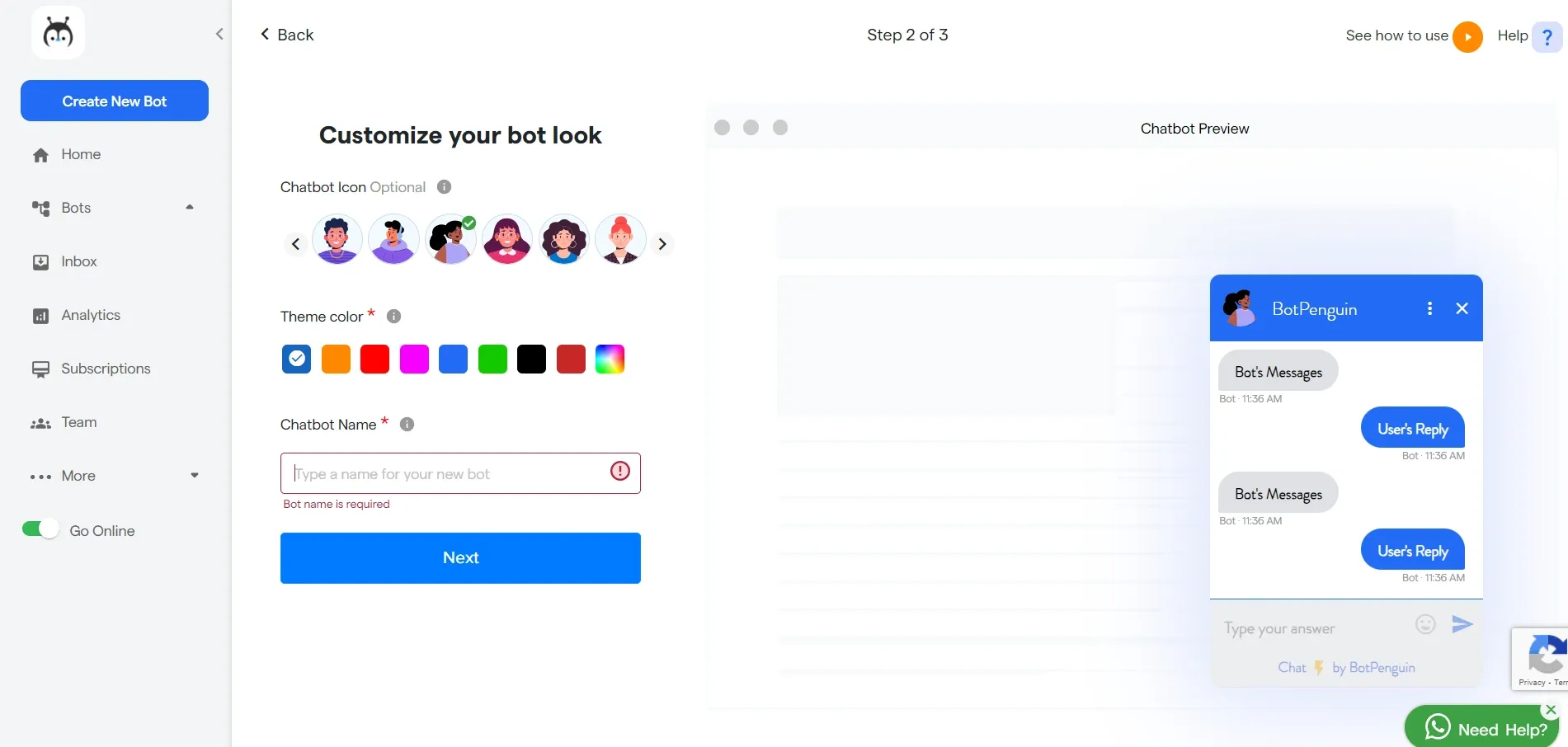You know that feeling when you walk into your favorite local coffee shop and the barista already has your usual order started? That’s not just good service. It’s a moment of genuine connection, a tiny spark of “they get me.” For years, that level of personal touch seemed impossible to replicate online. Generic marketing blasts and one-size-fits-all websites were the norm.
Well, not anymore. AI-driven customer experience personalization is finally closing that gap. And honestly, it’s changing everything. We’re moving past simple demographic buckets and into the realm of intuitive, individual understanding. Let’s dive into how you can leverage these strategies to make every customer feel like your only customer.
What is AI-Driven Personalization, Really?
At its core, it’s about using machine learning and real-time data to deliver uniquely relevant interactions. Think of it as a digital sixth sense. It’s the technology that allows Netflix to suggest your next binge-watch or Amazon to remind you to reorder dog food. But it goes so much deeper than that now.
This isn’t just about slapping a first name on an email. True AI-driven personalization strategies anticipate needs, adapt to moods, and create a seamless journey that feels less like a transaction and more like a conversation.
The Engine Room: Key Strategies for Hyper-Personalization
1. Predictive Product & Content Recommendations
This is the most visible form of personalization, but the new wave is incredibly sophisticated. Modern AI doesn’t just look at what others bought; it analyzes a user’s entire behavioral history—pages viewed, time spent, mouse movements, search queries—to predict what they themselves will want next.
How to implement it: Go beyond “customers who bought this also bought…” Use tools that allow for dynamic, real-time widget updates on your site. If a user is reading blogs about “low-maintenance houseplants,” your AI should immediately start showcasing your snake plants and ZZ plants, not your high-maintenance orchids.
2. Dynamic Content & Messaging
Your homepage shouldn’t look the same to a first-time visitor as it does to a loyal customer. AI can tailor the entire visual and copy landscape of your digital presence. A returning customer might see a banner for a loyalty program, while a new visitor sees an introductory offer. It’s like rearranging the furniture of your store for each person who walks in.
This is crucial for addressing current pain points like ad fatigue and banner blindness. When content is genuinely relevant, people pay attention.
3. AI-Powered Customer Support & Chatbots
Let’s be honest, early chatbots were… frustrating. But today’s AI-driven assistants are a different beast. They can pull up a customer’s entire history, understand complex, natural language questions, and provide instant, accurate answers. They escalate to a human agent only when necessary, along with the full context of the interaction.
This creates a support experience that’s not just fast, but deeply personalized. The customer never has to repeat their order number or explain their problem twice.
Weaving It All Together: The Personalized Customer Journey
So, what does this look like in practice? Let’s map it out.
| Stage | AI-Driven Personalization in Action |
| Awareness | A social media ad for a specific software solution is shown to a user who just downloaded a related whitepaper. |
| Consideration | The landing page dynamically changes its hero text to reflect the whitepaper’s topic. A chatbot offers a relevant case study. |
| Purchase | The checkout page suggests a complementary product based on the cart contents, with a bundled discount. |
| Retention | Post-purchase, the user receives personalized onboarding emails based on the features they use most. A loyalty reward is offered on their “cancellation anniversary.” |
| Advocacy | The system identifies a highly-engaged user and automatically invites them to an exclusive beta-testing program. |
The Human Touch in a Digital World
Here’s the deal: the goal of AI isn’t to remove humanity from business. It’s the exact opposite. By automating the repetitive, data-heavy tasks, AI frees up your human teams to do what they do best—build genuine relationships, handle complex emotional issues, and inject creativity and empathy into the customer journey.
Your support agents, armed with a complete AI-generated history of a customer’s journey, can focus on solving the problem with empathy, not hunting for information. Your marketing team can craft broader brand stories instead of manually segmenting thousands of email addresses.
A Few Things to Keep in Mind
No strategy is without its considerations. As you move forward, keep these points in your back pocket:
- Data Privacy is Non-Negotiable: Be transparent. Collect data ethically and use it responsibly. Personalization should feel like a benefit, not an invasion.
- Avoid the “Creepy” Factor: There’s a fine line between “Wow, they know me!” and “Wow, they’re watching me.” Use data to be helpful, not intrusive.
- Start Small, Then Scale: You don’t need to personalize every single touchpoint on day one. Begin with your highest-impact area, like email marketing or your homepage, and expand from there.
The future of customer experience isn’t just automated. It’s anticipatory, adaptive, and astonishingly personal. It’s about using the most advanced technology available to recreate the warmth of that neighborhood coffee shop—at a global scale. And that, well, that’s a future worth building.

